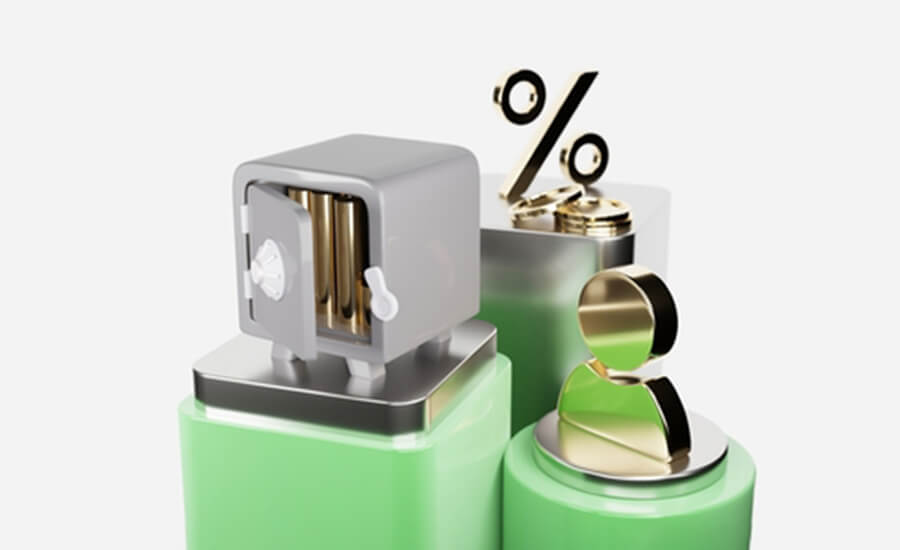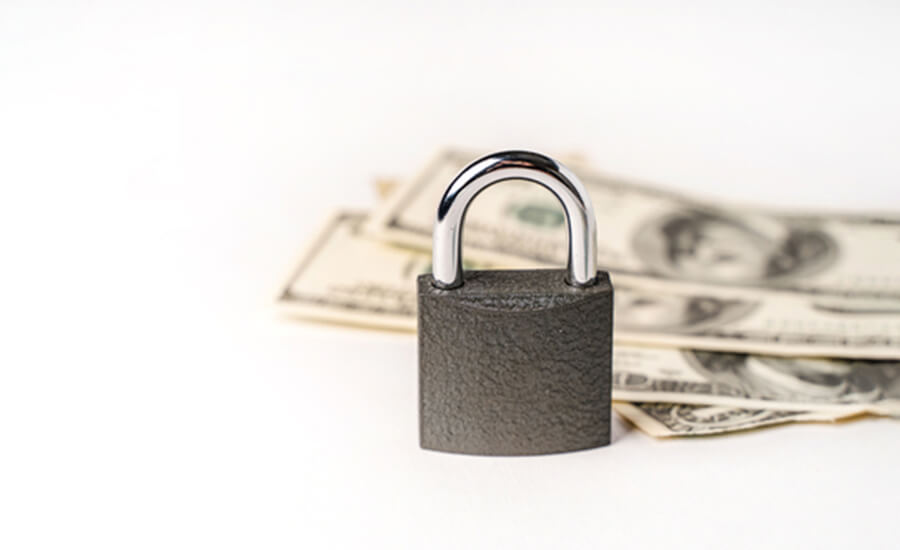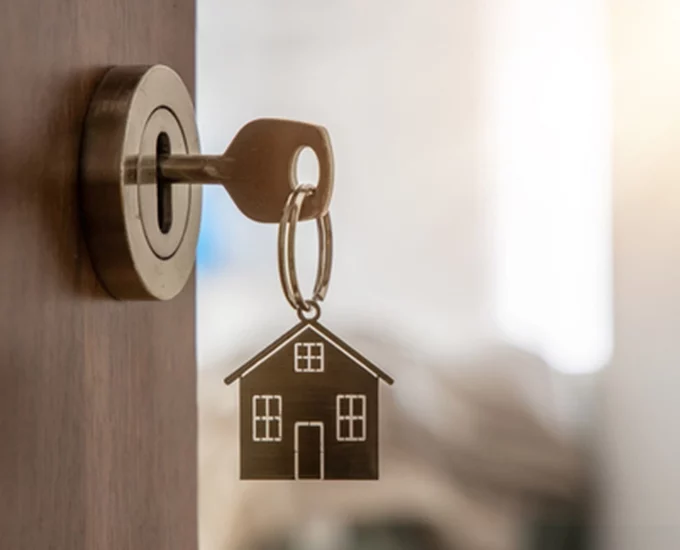When you’re in need of financial assistance, understanding the difference between secured and unsecured loans is crucial. These two types of loans have significant differences in terms of collateral, interest rates, and repayment terms. In this blog post, we will explore the distinctions between secured and unsecured loans, helping you make informed decisions about which option best suits your borrowing needs.
Secured Loans: Providing Collateral for Borrowing
Secured loans are backed by collateral, which is an asset that you pledge as security for the loan. The collateral acts as a form of protection for the lender in case you default on the loan. Some common types of secured loans include mortgages, auto loans, and secured personal loans.
1. Collateral Requirement
With secured loans, you are required to provide collateral, such as your home, car, or other valuable assets. The lender has the right to seize and sell the collateral to recover their losses if you fail to repay the loan as agreed. The value of the collateral usually determines the loan amount you can borrow.
2. Lower Interest Rates
Secured loans generally come with lower interest rates compared to unsecured loans. The collateral serves as a guarantee for the lender, reducing the risk they face. As a result, they can offer more favorable interest rates, making secured loans an attractive option for borrowers.
3. Longer Repayment Terms
Secured loans often come with longer repayment terms, especially for mortgages. The extended timeframe allows borrowers to spread their payments over several years, resulting in lower monthly payments. However, keep in mind that longer repayment terms can also mean paying more in interest over the life of the loan.
4. Access to Higher Loan Amounts
Due to the collateral requirement, secured loans generally allow borrowers to access higher loan amounts. The value of the collateral determines the maximum loan amount the lender is willing to offer. This can be beneficial when you need a substantial amount of money for a specific purpose, such as purchasing a home or financing a large business investment.
Unsecured Loans: Based on Creditworthiness and Income
Unlike secured loans, unsecured loans do not require collateral. Instead, they are granted based on your creditworthiness, income, and other factors. Examples of unsecured loans include personal loans, credit cards, and student loans.
1. No Collateral Requirement
The key distinction of unsecured loans is that they do not require collateral. This means you don’t have to pledge any assets as security for the loan. As a result, unsecured loans are more accessible to borrowers who may not have valuable assets or are unwilling to put their assets at risk.
2. Higher Interest Rates
Unsecured loans generally come with higher interest rates compared to secured loans. Lenders face a higher level of risk since there is no collateral to secure the loan. To compensate for this increased risk, they charge higher interest rates to protect their investment.

3. Shorter Repayment Terms
Unsecured loans often have shorter repayment terms compared to secured loans. This is especially true for personal loans and credit cards. The shorter repayment terms mean higher monthly payments but result in paying off the loan sooner and potentially paying less interest over time.
4. Based on Creditworthiness and Income
With unsecured loans, lenders rely heavily on your creditworthiness and income to assess your ability to repay the loan. They will evaluate your credit score, employment history, income stability, and debt-to-income ratio. A strong credit history and a stable income can improve your chances of getting approved for an unsecured loan.
Choosing the Right Option for Your Needs
When deciding between a secured and unsecured loan, consider your specific circumstances and borrowing needs. If you have valuable assets to use as collateral, a secured loan may offer lower interest rates and higher loan amounts. On the other hand, if you don’t have collateral or prefer not to put your assets at risk, an unsecured loan might be more suitable, despite the higher interest rates.
Understanding the difference between secured and unsecured loans is crucial when considering borrowing options. Secured loans require collateral, come with lower interest rates, longer repayment terms, and higher loan amounts. Unsecured loans, on the other hand, do not require collateral, have higher interest rates, shorter repayment terms, and are based on creditworthiness and income. Assess your financial situation, consider the purpose of the loan, and choose the option that aligns best with your needs and financial capabilities.

















